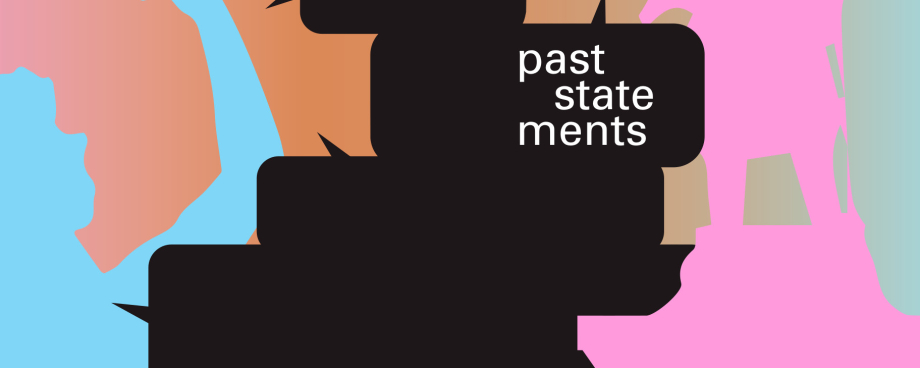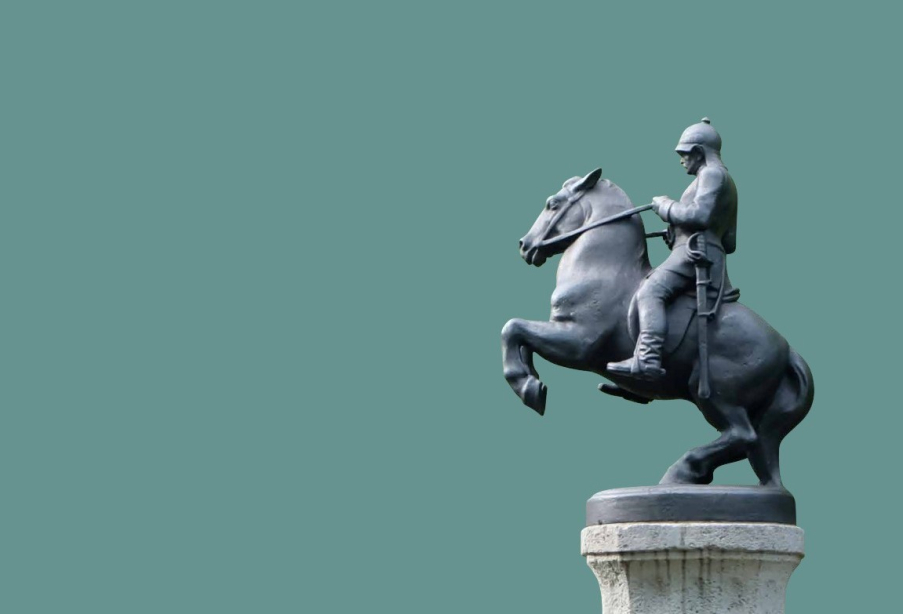Monuments carry messages that are still relevant today, or they sometimes convey content that has long been outdated or is deliberately rejected: They glorify war and violence, celebrate heroes of bygone times, convey prejudices and exclude people. They have become questionable.
With the series “past statements. Denkmäler in der Diskussion” (past statements. Debate on monuments), Munich is picking up on the international and local discussion about monuments worth discussing and stimulating critical, polyphonic and creative debates on the forms and content of remembrance in a diverse and democratic urban society. The program is a cooperation between Public Art München and Public History München.
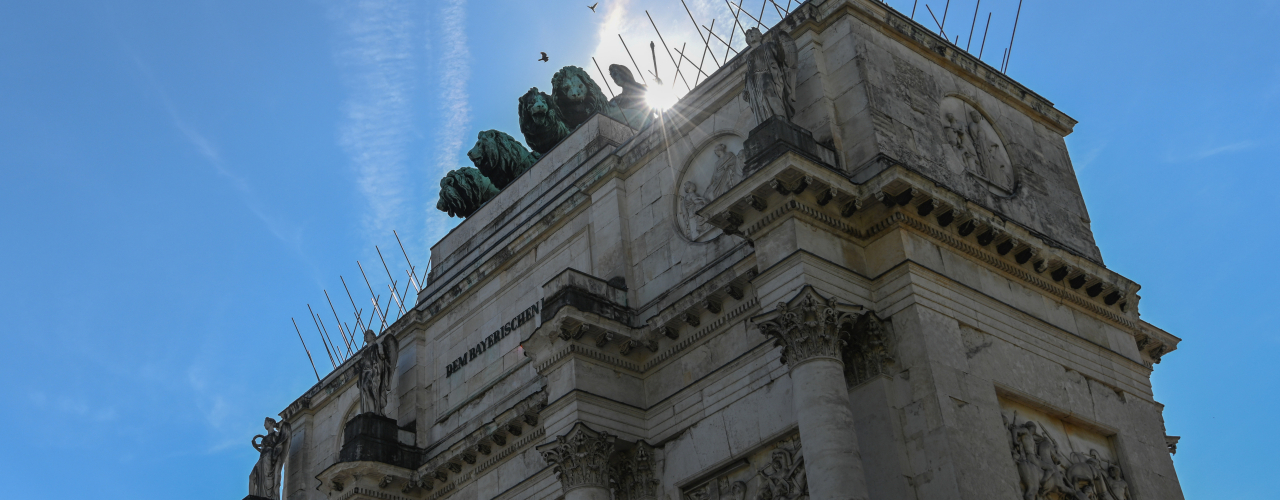
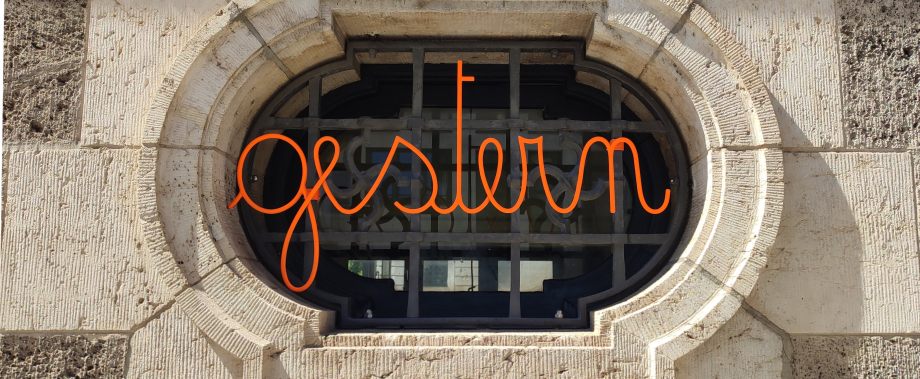 Ein Ort für ein Wort. Ein Wort für einen Ort, 2022 © Photo: Michele Bernardi
Ein Ort für ein Wort. Ein Wort für einen Ort, 2022 © Photo: Michele Bernardi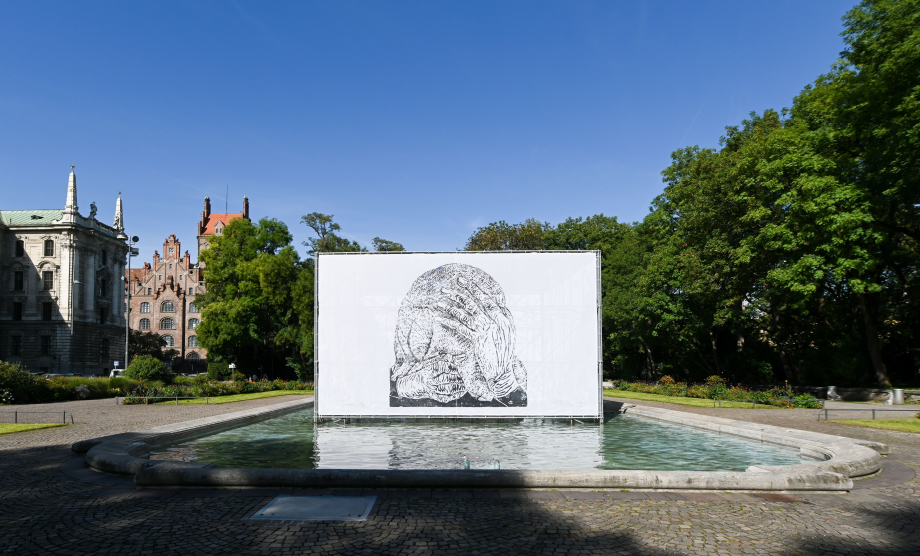 Maria Luiko, Trauernde / 1938, 2022 © Photo: Tobias Hase
Maria Luiko, Trauernde / 1938, 2022 © Photo: Tobias Hase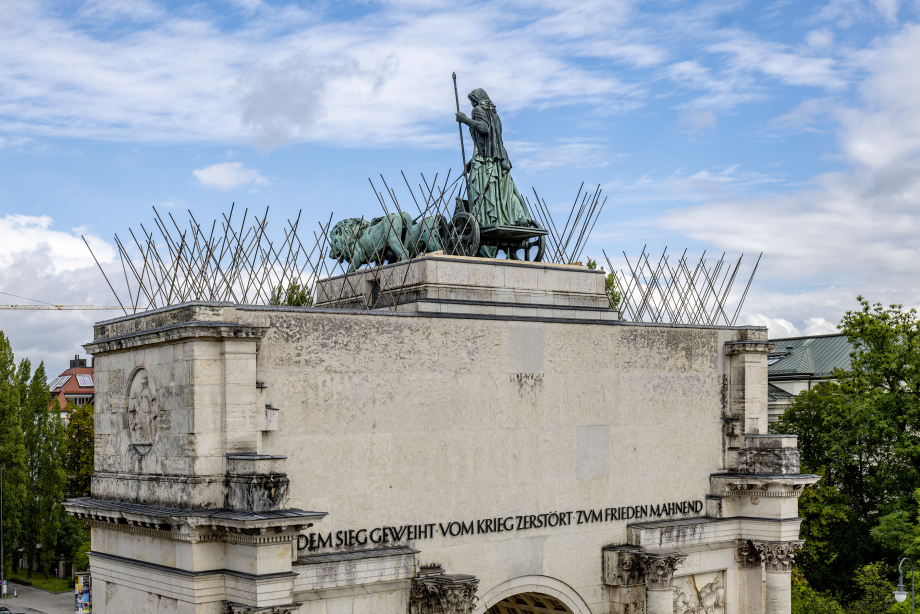 Victory Spikes, 2022 © Photo: Steinbrener / Dempf & Huber
Victory Spikes, 2022 © Photo: Steinbrener / Dempf & Huber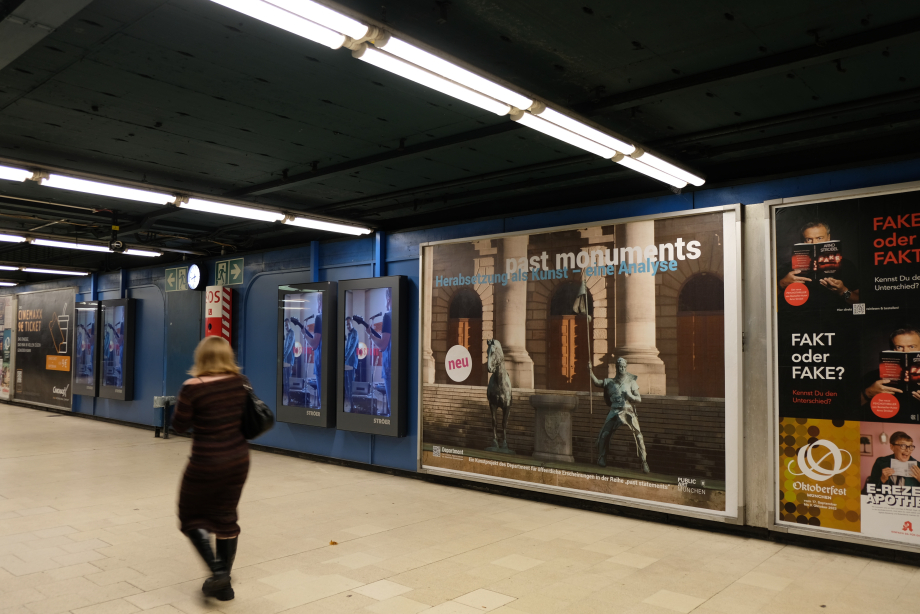 past monument: Herabsetzung als Kunst – eine Analyse, 2022 © Photo: Department for public appearances
past monument: Herabsetzung als Kunst – eine Analyse, 2022 © Photo: Department for public appearances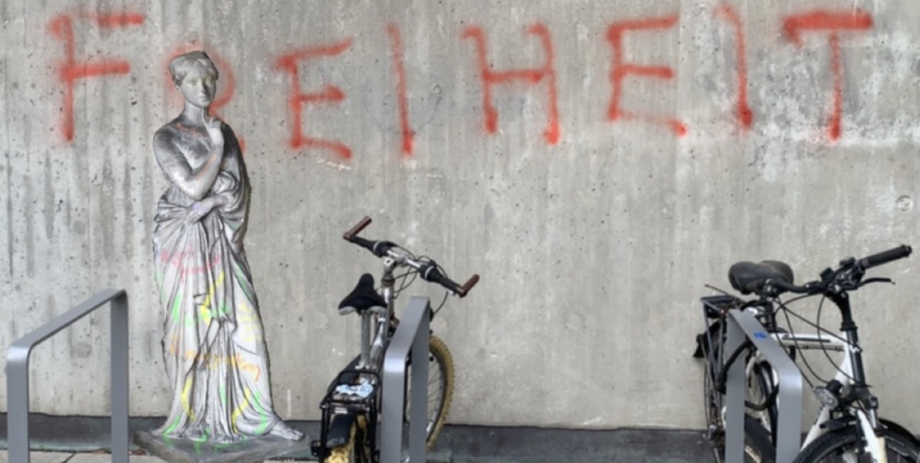 AR Monument “Ada Lovelace The Thinker” by Jo Ngo at TU Munich, 2022 © Photo: Anne Wichmann
AR Monument “Ada Lovelace The Thinker” by Jo Ngo at TU Munich, 2022 © Photo: Anne Wichmann